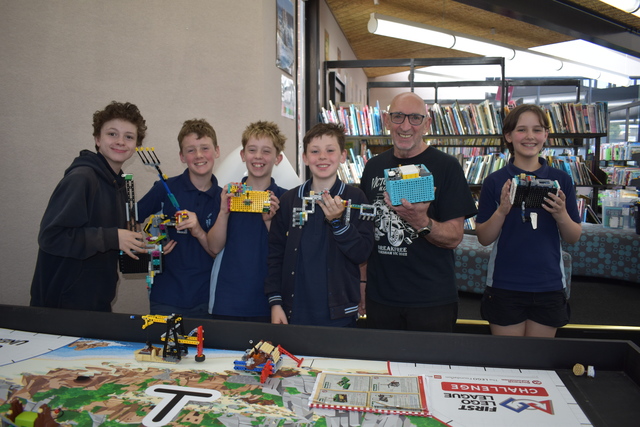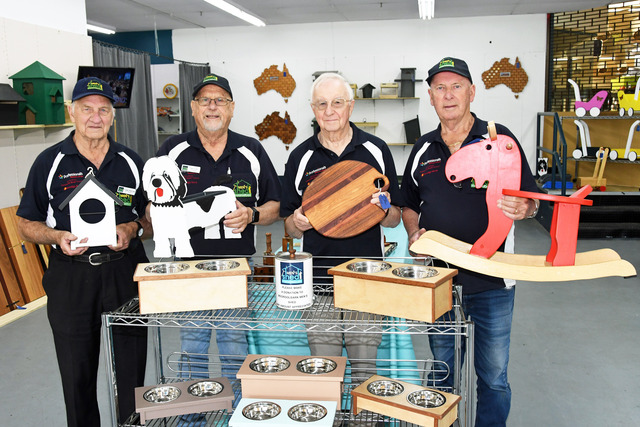Up to 400,000 people visit Healesville Sanctuary each year. I doubt that many of them know anything about its beginnings, the problems it experienced for a long period, and how it became such an important attraction.
Its early history has been described as ‘the victory of faith in an idea and a cause over cynicism of those who refused to recognise the importance of preserving and understanding Australia’s unique heritage.’ And that’s what the early story is about – the struggle to establish in a natural setting a place where the public could see, understand, and appreciate Australian flora and fauna.
Its establishment was the dream of one man, Dr Colin McKenzie, a distinguished orthopaedic surgeon, to set up an Anatomical Research Field Station for the study of Australian fauna. In 1920 he requested the Victorian Government to set aside land on which he could do this. He was granted 78 acres – with conditions- a part of Coranderrk Aboriginal Reserve, at a nominal rental of 1/- (10 cents in today’s money) a year, provided he paid all expenses himself. He did.
He gathered ‘one of the finest collections of Australian fauna in the world’, for which he was offered a considerable sum of money from the U.S.A. But he wanted it to stay in Australia, and he presented it as a gift to the Australian Government, establishing the Institute of Anatomical Research in Canberra. He became the Institute’s Director.
His gift was described as ‘one of the greatest gifts ever made for public purposes’.
The land in Healesville reverted to the State, and most of the animals were transferred to Melbourne Zoo. A caretaker in Healesville looked after two remaining possums.
After many discussions about what should happen to the ‘Research’ as it was referred to locally, the Healesville Shire Council and the Badger Creek Progress Association assumed responsibility, with Robert Eadie becoming its Honorary Director.
A great deal of work needed to be done, and it came mainly from ‘locals’, in the shape of building materials, the acquisition of animals from a wider area – koalas, two emus and two kangaroos. Not much but it was a start.
Initially entry was free but eventually an entry charge was introduced: sixpence (5 cents) for adults and twopence (2.5 cents) for children. Receipts for the first year totalled £61/6/0, whilst expenses were £94/13/8. Not a promising start!
Gradually the Sanctuary acquired more native animals – possums, lizards, cockatoos, wallabies, a bandicoot, and a pair of Wedgetail eagles. The turning point, however, was the acquisition of a platypus named ‘Splash’ that gave the Sanctuary a worldwide reputation. By the time he died in 1937 he had been visited by 13,000 people.
The official opening of the Sanctuary for Australian Fauna and Flora took place in 1934, a year in which widespread flooding took place, creating considerable damage to the Sanctuary, but the enthusiasts were undaunted; however full-time guidance was needed and David Fleay was appointed its first full-time Director. He brought with him more than 100 snakes, not a universally popular move. However, under Fleay’s stewardship the Sanctuary became the largest, most popular institution of its kind in the country. By 1938, 50,000 people had viewed it.
Disputes between the Director and Committee of Management led to the government taking overall responsibility in 1949. With government grants, sponsorship from large Victorian industries, increased entry fees, and good management from a succession of Directors over the years, the Sanctuary thrived.
In 1978, with government reorganisation of institutions, Healesville Sanctuary became an arm of the Melbourne Zoological Parks and Gardens Board.
As anyone visiting Healesville Sanctuary in recent years would acknowledge, from very humble beginnings it has become a worldwide, well presented attraction. Well may it continue to thrive.
{with acknowledgements to ‘Healesville History in the Hills’ by Sally Symonds and Mr Kevin Mason, long time Head Keeper at the Sanctuary}







